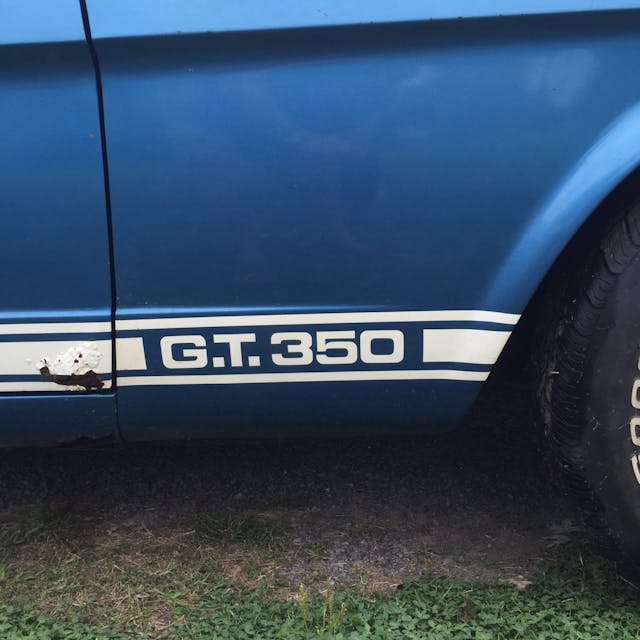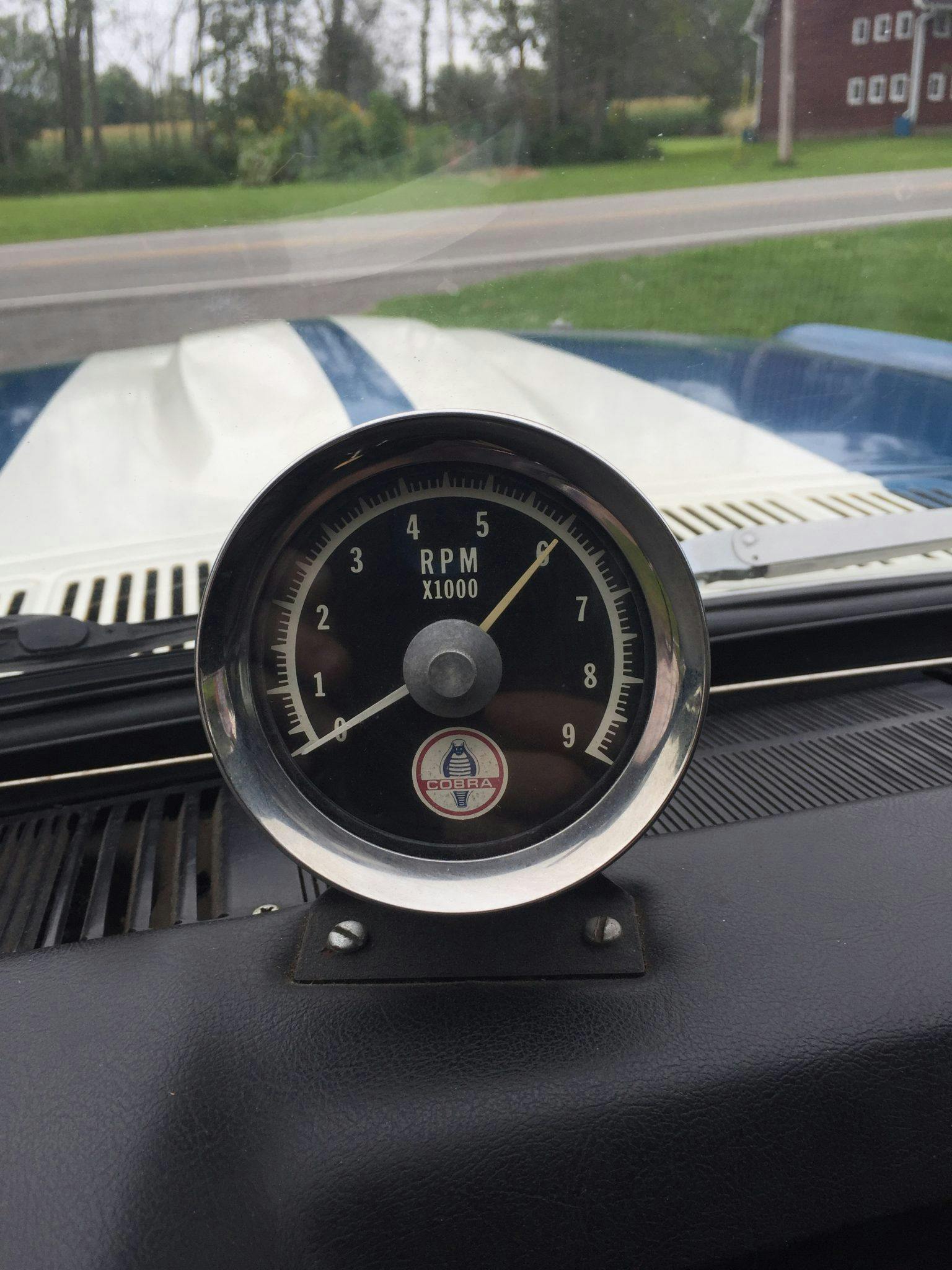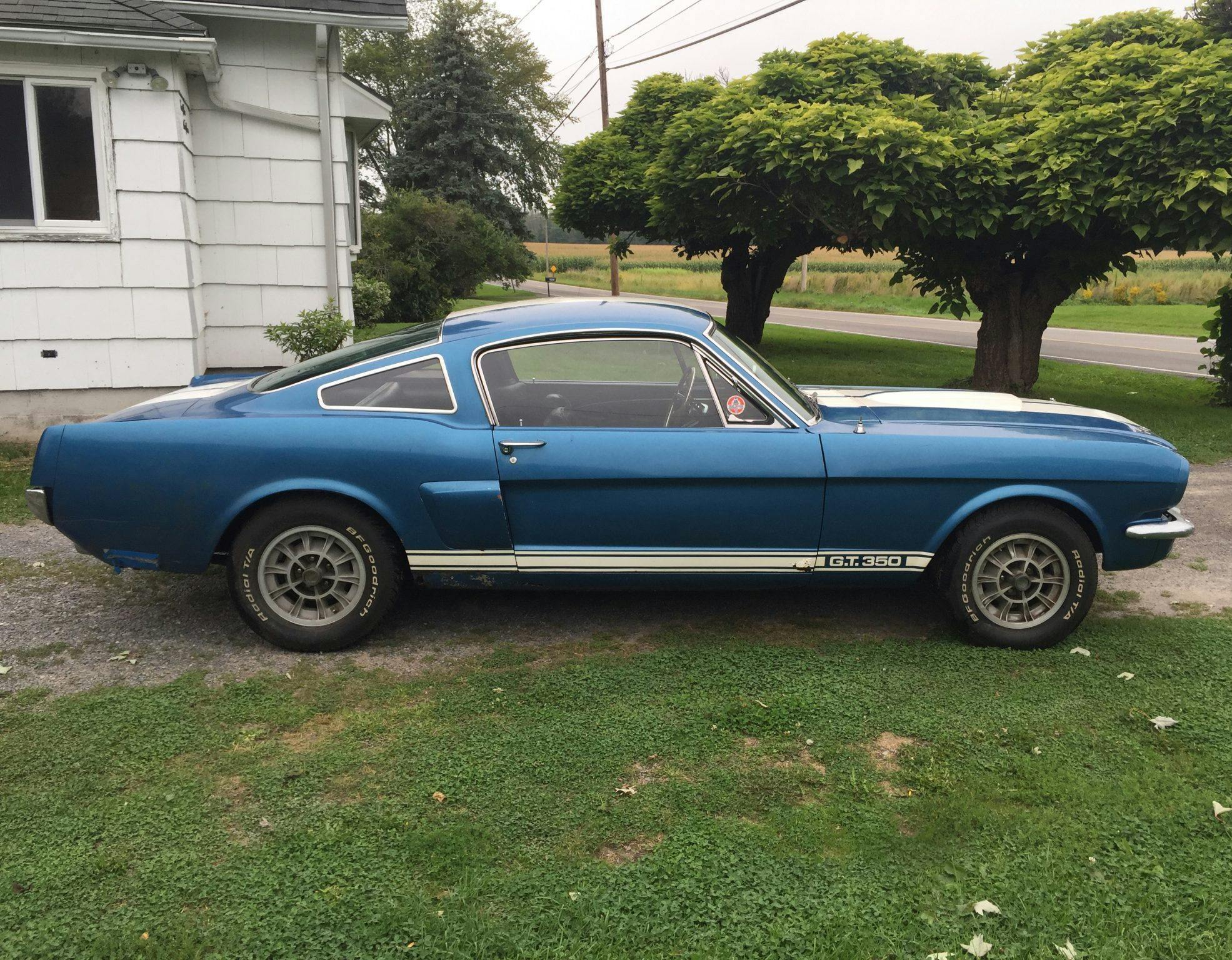Media | Articles
1966 Shelby GT350 Mustang: The heart wants what it wants
The Hagerty Valuation team has analyzed some 415,000 auction and private transactions (and counting). They all help inform our view of the market, but some tell us something more. We call these Sales that Teach.
The sale: 1966 Ford Mustang Shelby GT350. Sold for $103,425 on Bring a Trailer October 29, 2020
The details: For decades, I’ve told anybody looking to dip their toes into Shelby Mustang waters to take a good look at the 1966 model year. They aren’t as raw or as rare as the ’65s, but they aren’t very far removed and, at less than half the cost, they’re more attainable. They’re also more user-friendly, thanks to the fact that as Shelby American became a legitimate manufacturer, it smoothed out some of the ’65’s race-car-for-the-street rough edges. To top it all off, the ’66 came in a rainbow of colors and with unique styling touches. If there were a bang-for-the-buck award in the Shelby Mustang world, a good 1966 GT350 would be a strong contender.
Like the old Fram oil filter commercials it’s a case of “Pay me now…or pay me later.”
I am always quick to point out, however, that although these cars are more than just a sum of their parts, a lot of these parts are all that separate a GT350 from being “just” a Mustang. In addition to the usual stuff you want to be matching and original, like VIN tags, engine, and body panels, a Shelby Mustang ideally should have the unique Shelby bits that make it one, such as the tachometer, steering wheel, carburetor, wheels, transmission, and even seat belts it was born with. Often they’re missing and incredibly hard to replace—not to mention never original to the car again.
Additionally, I’ve always preached to buy the best, most original, and rust-free car you possibly can. Lots of people will tell you this, of course, but having run a restoration shop for thirty years, I can add that the current cost to properly restore a car like this often exceeds its value. Like the old Fram oil filter commercials it is a case of “Pay me now…or pay me later.”
All to say, this 1966 Shelby GT350 was of great interest to me. It was being sold by the son of its second owner, who had the car for 36 years. It left the factory in the choice combination of Sapphire Blue paint with factory LeMans stripes; is a desirable factory 4-speed car; has a nice, clean history in the SAAC Registry; and great documentation. Plus it has those original bits that are worth their weight in gold— its factory engine with Ford VIN stamp in place, its original T10-M transmission, and lots of those other parts that make Shelby guys like me feel all tingly inside.
But it also had some negatives that couldn’t be (or shouldn’t be) ignored. It was sold new in New York and lived its whole life there, during which time a great deal of the car had returned to its base elements. Floors, frame rails, inner structure—you name it and it was rusty. Decades ago, the car failed an annual vehicle inspection due to structural rust. Things like the factory welded-on traction bars had rusted off of the chassis. The time it spent parked in storage hadn’t been kind to it, either.

Some who knew the late owner said he amassed original parts to restore it but apparently threw in the towel given the enormity of the job. Even as a restorer who has worked on many Midwestern Mustangs in my day, I can’t blame him. Rust repair on a unibody chassis is a daunting task no matter how capable one may be.
Adding to this was the wild card that the original Shelby VIN tag, the only tag on the entire car that has the Shelby VIN, had been replaced years ago. It’s not hugely uncommon to hear of cars whose tags have been replaced due to theft, loss, or corrosion, but there is certainly a reduction in value as a result. How much is open to debate, of course, but it isn’t an insignificant thing these days given current values. Also, with this example, beyond the engine being “stuck,” years ago the original intake manifold and carburetor were stolen and replaced with later versions. Finding a properly dated original 715 Holley carb these days isn’t like falling out of bed —and certainly isn’t nearly as inexpensive.
The lesson: But let’s get on to what we can learn here. It involves some arithmetic, so take out your pencils.
The new owner of this vehicle is already in it for more than $100 grand. I’d estimate a professional shop could easily spend 1500 to 2000 labor hours properly tearing it down, repairing the body, painting, and restoring all components. The national average for labor costs are around $100/hr. Add to that the parts needed (expensive ones if an NOS/original parts-only level is desired), mechanical work, and—if one is particular about how the rust is repaired— sourcing original sheetmetal from rust-free donor Mustangs, for example. (It isn’t uncommon to buy a $10–15k six-cylinder Mustang from the Southwest to carve up.)
In the end, unless the buyer does the work themselves, I see a $200k+ restoration to turn this into a concours-level car.
The current Hagerty Price Guide value for a concours-ready 1966 GT350 is $275,000. In the current market, I’ve seen exceptional numbers-matching cars with original drivetrains sell for the short-200s, and very high-level drivers with the same attributes sell for $150,000–$200,000.
Bottom line: The total investment in this particular GT350 will almost certainly exceed its market value. In fact, the money spent will likely be squarely in the range of what one might pay for a #2 condition “Carry-Over” 1966 GT350 (early ’66 cars were built using ’65 chassis and net a 35 percent premium today). It might even be in the $265k–$368k range a decent #3/#4 condition 1965 GT350—long the top dog of the Shelby Mustang world—would sell for.
There is something in all of us who love old cars that wants to save the ones we deem worthy.
Yet the finished project, no matter how perfect, will be known to many as a car that started out needing significant metalwork. The photos will live forever on the Internet and with SAAC. The original VIN tag will never be again attached to the car.
Don’t get me wrong: I can appreciate that somebody fell in love with this GT350 and wants to save it. I have done the same thing many, many times.
So, in no way am I saying a bad decision was made in this sale. A neat old GT350 was put up for public auction, and multiple bidders pushed it to the final result, meaning multiple people thought it was worth the price it brought. The cold logic I’ve laid out here can be applied to practically any project car, be it a derelict MGB or a musty Miura. Yet there is something in all of us who love old cars that just wants to save the ones we deem worthy.
The real lesson, then, is that one should consider the financial realities when embarking on a project like this but shouldn’t necessarily let the numbers win out over the heartstrings. I’m quite confident that was what happened here—somebody with the means and desire to save this GT350 put their hand up and embarked on a journey to do just that.
So, to the new owner of this Sapphire Blue 1966 GT350: Please share details on the restoration as you proceed. I, for one, appreciate your efforts to bring another piece of Shelby American history back to life.
***
Marketplace
Buy and sell classics with confidence
Check out the Hagerty Media homepage so you don’t miss a single story, or better yet, bookmark it. To get our best stories delivered right to your inbox, subscribe to our newsletters.







